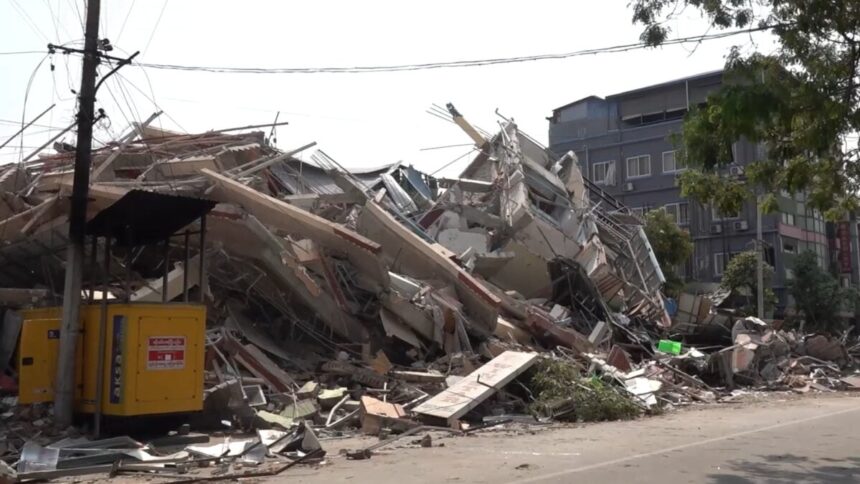On March 28, a devastating magnitude 7.7 earthquake rocked Myanmar, splitting the Sagaing Fault at speeds of over 3 miles (4.8 kilometers) per second. You know which other fault resembles the Sagaing one? The San Andreas Fault in California, where seismologists have been expecting “the big one” for years.
In a study published on August 11 in the journal PNAS, a team of researchers used satellite images of the Sagaing Fault’s movement to enhance computer models that predict how similar faults might move in the future. Their research suggests that strike-slip faults, like the Sagaing and the San Andreas, could produce earthquakes unlike—and perhaps much bigger than—past known seismic events.
Satellites uncover massive fault movement
“We use remote sensing observations to document surface deformation caused by the 2025 Mw7.7 Mandalay earthquake,” the researchers wrote in the paper. “This event is a unique case of an extremely long (~510 km [317 miles]) and sustained supershear rupture probably favored by the rather smooth and continuous geometry of this section of the structurally mature Sagaing Fault.”
Given the Sagaing fault’s past recorded earthquakes, researchers had predicted that a strong earthquake would take place on a 186-mile (300-kilometer) stretch that hadn’t experienced a large earthquake since 1839. According to the seismic gap hypothesis, such “stuck” parts of a fault should eventually slip and “catch up,” according to a California Institute of Technology (Caltech) statement. The seismologists got it right—in March, this section of the Sagaing fault fractured. But so did another over 124 miles (200 km), meaning the fault did more than just catch up.
Strike-slip faults consist of boundaries where slabs of earth grind horizontally past each other in opposite directions, accumulating stress. When the stress is enough, the fault slips and the earth slides quickly, triggering an earthquake. The devastating Myanmar earthquake offers insight into the San Andreas Fault’s future seismic potential, since both it and the Sagaing Fault are long, straight strike-slip faults.
What Myanmar’s quake means for the San Andreas Fault
“The study shows that future earthquakes might not simply repeat past known earthquakes,” said Jean-Philippe Avouac, director of Caltech’s Center for Geomechanics and Mitigation of Geohazards. “Successive ruptures of a given fault, even as simple as the Sagaing or the San Andreas faults, can be very different and can release even more than the deficit of slip since the last event.”
The March earthquake in Myanmar “turned out to be an ideal case to apply image correlation methods [techniques to compare images before and after a geological event] that were developed by our research group,” explained Solène Antoine, first author of the study and a postdoctoral fellow in geology at Caltech. “They allow us to measure ground displacements at the fault.”
Myanmar’s quake challenges existing fault rupture models
This approach revealed that the 311-mile (500-km) section of the Sagaing fault moved a net of 9 feet (3 meters) because of the earthquake, meaning the eastern side of the north-south fault moved that distance southward in relation to the western side. The researchers argue that models have to take into account the most recent fault slips, slip location, and slip distance to provide informed seismic hazard predictions for specific time periods—for example, the next 10 years—and not just any given timespan for an area. This is what current models do, mostly using earthquake statistics.
“In addition, historical records are generally far too short for statistical models to represent the full range of possible earthquakes and eventual patterns in earthquake recurrence,” Avouac explained. “Physics-based models provide an alternative approach with the advantage that they could, in principle, be tuned to observations and used for time-dependent forecast.”
While researchers still can’t predict exactly when an earthquake will strike, every new observation helps us understand and hopefully better prepare for the natural disasters that continue claiming lives all over the world.
Read the full article here












